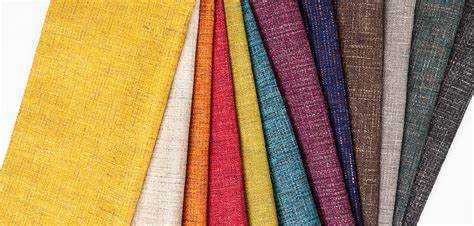3 most common types of textile testing

Textile testing is a procedure to determine the quality of a product. Quality is also the most concerned issue for textile sellers. A high-quality product means that it will meet all the purposes of its production.
What is textile testing?
Textile testing is the most important way to certify textile fibers, yarns or fabrics as usable materials in textile products or clothing. The test will tell you what kind of fiber it is and what kind of clothing you will produce with this fiber, desire, and fabric.
When testing textile products or materials, the results must meet both explicit and implicit requirements. The clear requirements for testing are either how the product performs in its life cycle or how to meet the required specifications. The core purpose of the test is that it must be repeatable; this means that if the same material is tested in a different laboratory or at a different time by another operator under similar conditions, it should produce the same results. However, the test results of textile materials are not expected to be similar every time. Factors such as changes in materials and changes in test methods will affect the reproducibility of the results. Let's take a look at how many textile tests are basically used in the textile laboratory for testing textile fibers, yarns, and fabrics.
What are the types of textile testing?
There are many classifications of textile testing. Here, qinsun technicians will share with you the three most common types of textile testing: fiber testing, yarn testing and fabric testing.
1. Fiber test:
The testing of raw materials is very important. If the spinning raw materials may be fibers, it is necessary to find out the complete parameters of the fibers that contribute to the spinning process. The properties of yarns and fabrics are directly affected by the fiber properties of the yarns and fabrics made. For fiber optic testing, the most commonly used instruments are USTER HVI and USTER AFIS.
3. Fabric testing:
After the fabric is developed, it is subjected to different tests to evaluate different parameters. Different strength tests are performed to evaluate the strength of the fabric. Fabric testing mainly includes the following points: strength and elongation, length, width, thickness, weight, unit length, warp count, weft count per unit length, yarn count used, fabric design and construction, yarn permeability , Pilling test, water absorption and resistance, etc.
2. Yarn inspection
(1) Testing standards and methods: The bleaching and dyeing of textile yarns shall be carried out according to industry standards;
(2) Under the specified light source, the confirmed sample shall prevail, and the original sample and the sample will be used for color matching. The color shift is controlled at 4-5, and the grade difference is not less than 4. If it exceeds the standard, the customer will not accept it and repair it.
(3) Appearance quality: focus on checking stains, thick and thin yarn, cotton particles, impurities, color difference, yarn, hand feeling
(4) Regular quality inspection and evaluation of goods received.
QINSUN is a world-leading
textile testing manufacturer. We provide the best testing equipment according to customer needs. Please leave us a message online for textile testing questions!
2021-08-10 11:48

